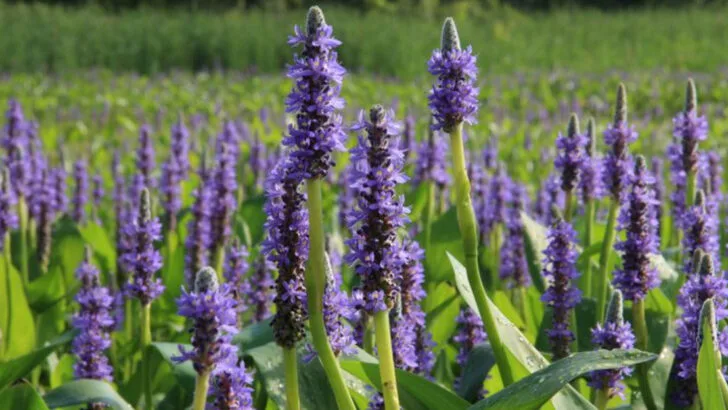It’s easy to fall for a pretty plant at the nursery, especially when it promises fast growth and hardy blooms. But some of those vigorous growers come with a downside, they don’t know when to stop. Invasive plants might look harmless at first, but once they take hold, they can crowd out native species, overrun your garden, and even disrupt local ecosystems.
The good news is, for almost every over-aggressive plant, there’s a well-behaved alternative that offers the same visual appeal without the chaos. Knowing which plants to skip (and what to plant instead) can save you a lot of frustration later on. Here are 10 troublemakers that spread way too easily—and 10 safer swaps that won’t take over everything in sight.
Kudzu
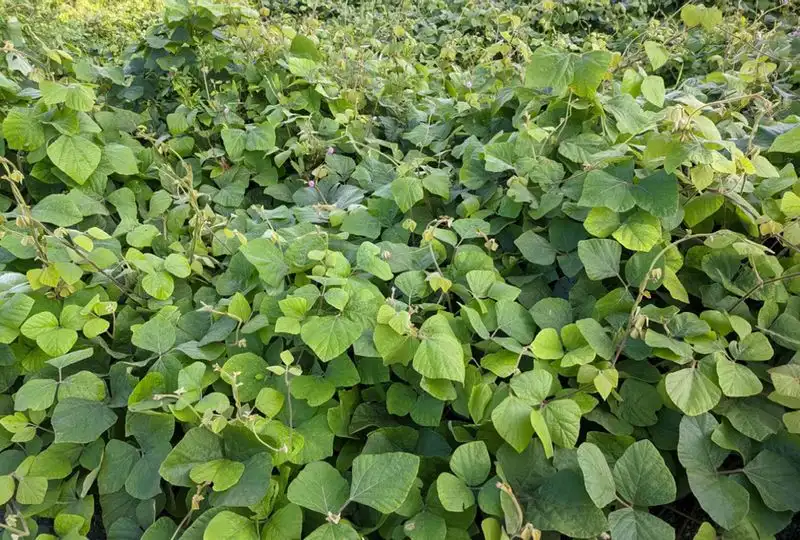
Dubbed the “vine that ate the South,” Kudzu is renowned for its rapid growth, covering everything in its path. Originating from Asia, it was introduced to the United States in the late 19th century as a forage crop and ornamental plant. However, it quickly became a nuisance, smothering native flora. Within a single season, it can grow up to a foot per day, claiming entire forests and buildings. Its aggressive nature has made it a symbol of invasive species. While its lush, green foliage may appear enchanting, its rampant spread spells disaster for native ecosystems.
Virginia Creeper
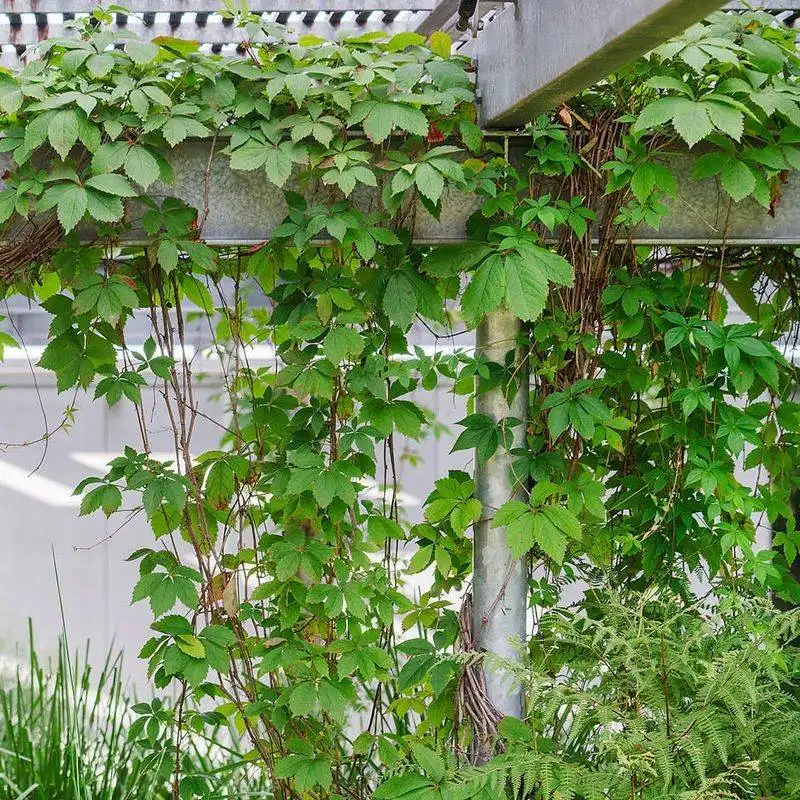
Often mistaken for Poison Ivy, Virginia Creeper offers a stunning display of red and purple foliage in the fall. Unlike its invasive counterparts, it doesn’t choke its host plants. Native to North America, it provides food for birds and mammals through its berries. The plant is not only attractive but also versatile, thriving in various conditions. Its ability to cover unsightly walls and fences without overtaking local vegetation makes it an ideal alternative to more aggressive vines. Its presence in a garden adds color and vitality without the risk of ecological imbalance.
Japanese Knotweed
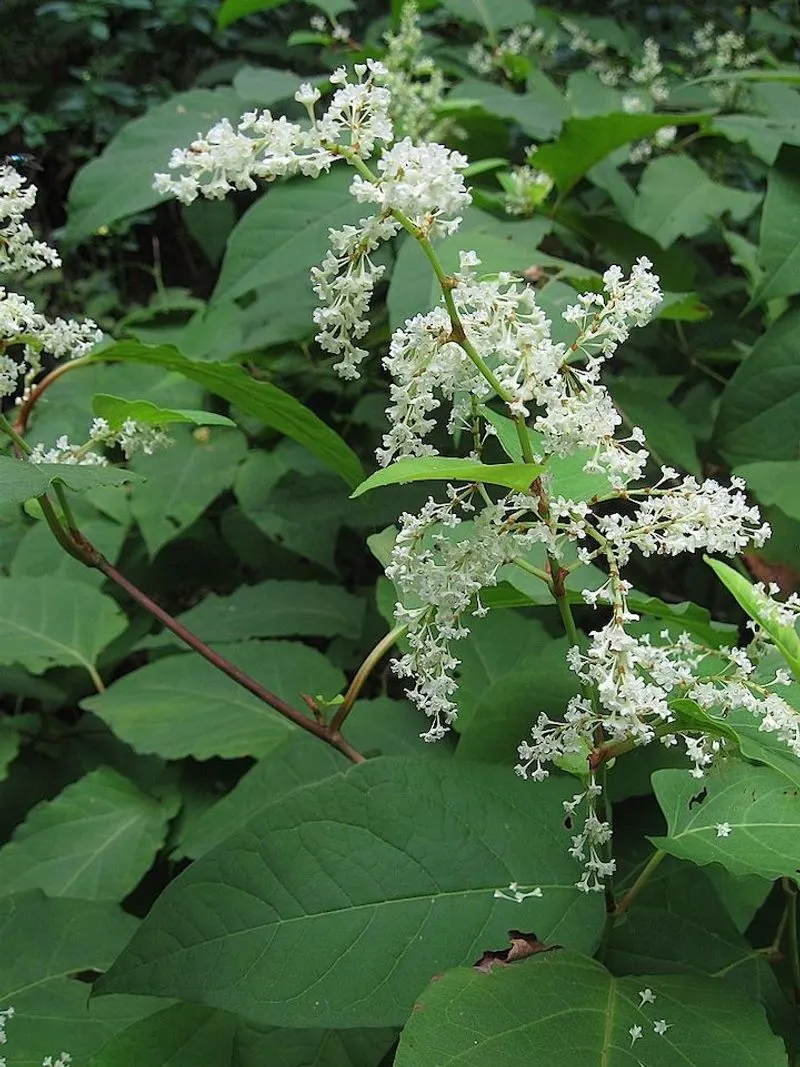
Japanese Knotweed is notorious for its destructive tendencies, especially along waterways. Introduced from Asia for its appealing bamboo-like appearance, it grows aggressively, forming dense thickets. Its robust root system can damage concrete and buildings. This invasive plant is challenging to eradicate, as even the smallest fragment can regenerate. Its spread threatens native plant biodiversity by forming a monoculture. Despite its menacing reputation, some admire its resilience and strength. Nonetheless, its presence is a serious ecological concern, prompting many areas to implement strict control measures.
Bamboo
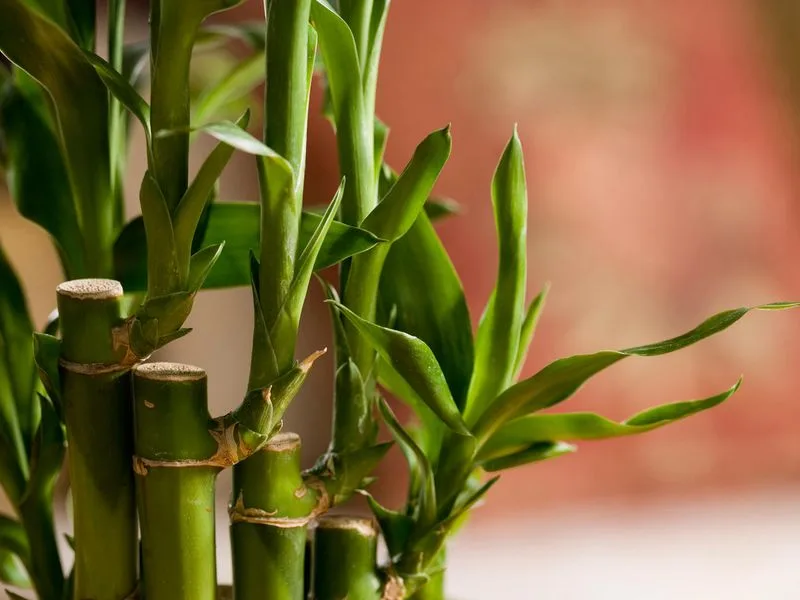
Bamboo evokes images of tranquil Asian landscapes and is loved for its aesthetic appeal. However, certain species can become invasive, especially clumping varieties that spread rapidly underground. In a controlled environment, bamboo provides excellent privacy and windbreaks. In the wild, its uncontrolled spread can dominate local ecosystems. The plant’s remarkable growth rate and sturdy stems make it both an asset and a liability. For gardeners, choosing non-invasive clumping varieties or using barriers can mitigate its aggressive nature, allowing enjoyment of its beauty without environmental harm.
Purple Loosestrife
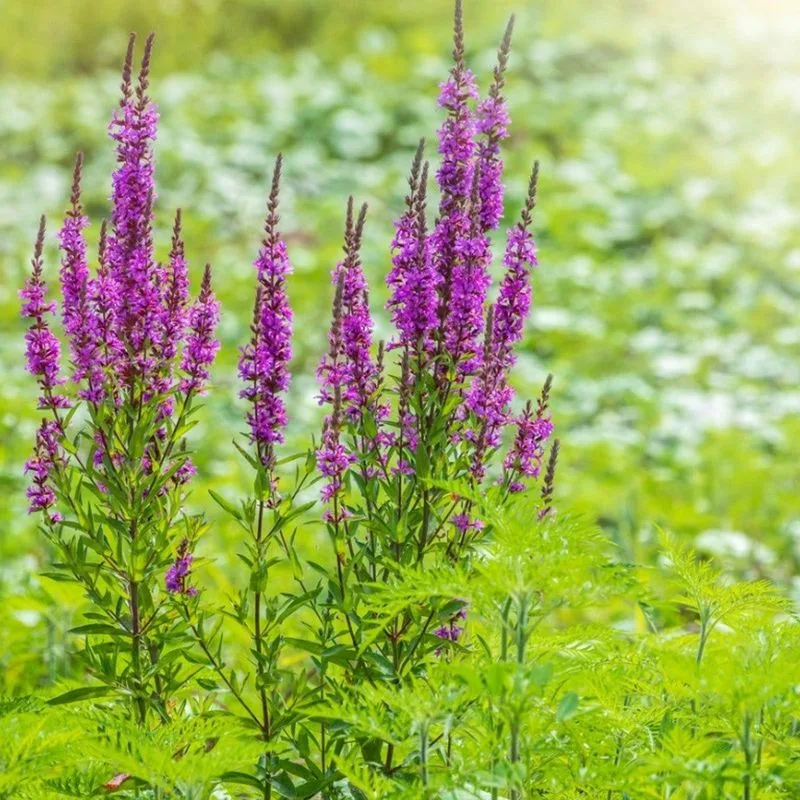
With its tall, purple spires, Purple Loosestrife is a striking sight in wetlands. Originating from Europe, it was introduced for ornamental and medicinal purposes. Unfortunately, it quickly spread, outcompeting native wetland plants and altering habitats. Its ability to produce millions of seeds annually exacerbates the issue. While its flowers are undeniably beautiful, their impact on biodiversity is concerning. Conservationists work tirelessly to control its spread through biological control agents like beetles. Despite its allure, Purple Loosestrife serves as a cautionary tale about the unintended consequences of introduced species.
Blue Flag Iris
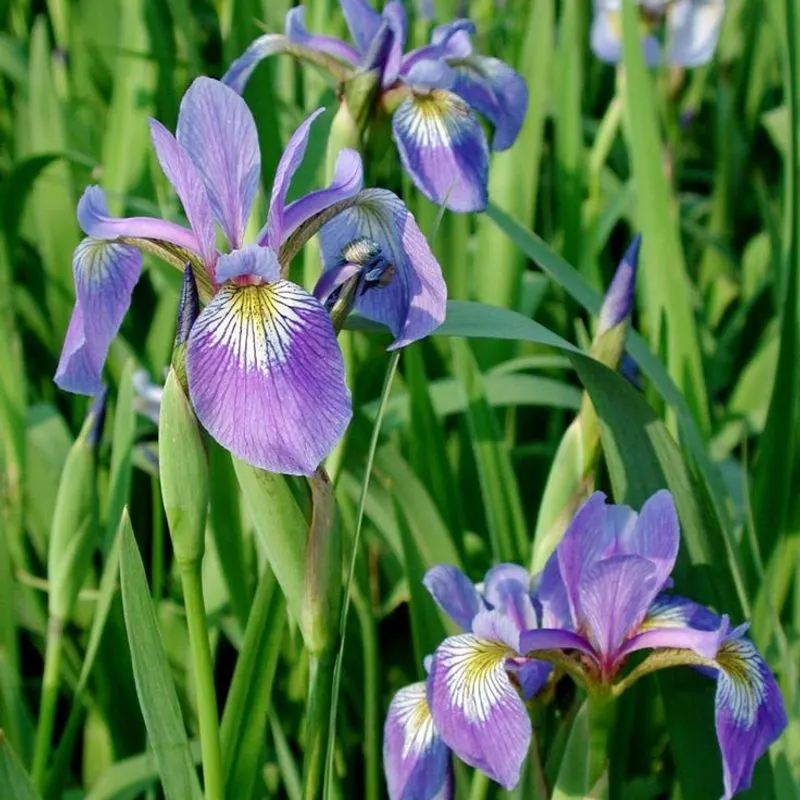
The Blue Flag Iris is a native wetland beauty that provides a safe and visually pleasing alternative to invasive plants like Purple Loosestrife. Its delicate blue flowers and sword-like leaves add elegance to any water garden or pond edge. Flourishing in moist conditions, it supports local wildlife and offers nectar for pollinators. Unlike its invasive counterparts, it harmonizes with the surroundings, promoting biodiversity. Its presence in gardens and natural habitats not only enhances beauty but also maintains ecological balance. The iris stands as a testament to the importance of choosing native species.
English Ivy
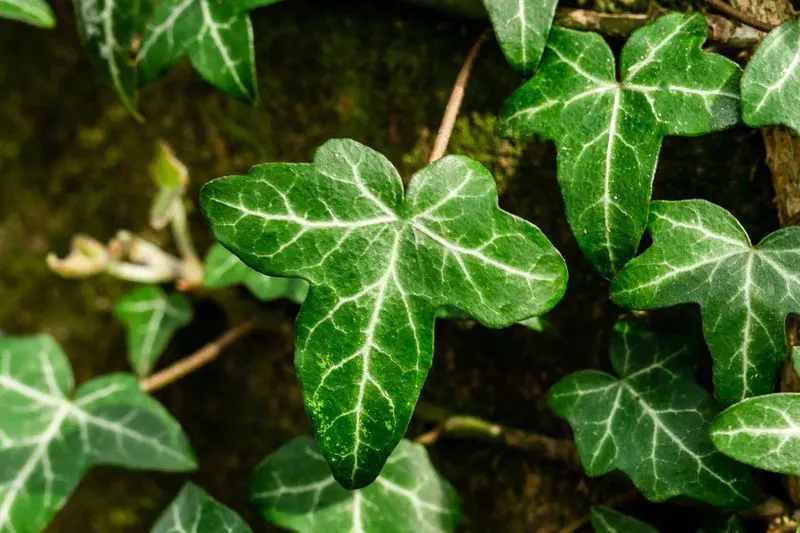
English Ivy conjures images of classic academic institutions and charming cottages. Its dark green leaves and elegant growth pattern make it desirable for landscaping. However, it’s an invasive threat when left unchecked. It can smother trees, shrubs, and buildings, leading to structural damage. Its aggressive spread is difficult to control, and it can harbor pests. Despite its aesthetic appeal, its ecological impact is negative. Homeowners must manage its growth carefully to prevent unwanted consequences. By understanding its nature, one can appreciate its beauty while avoiding environmental pitfalls.
Virginia Creeper
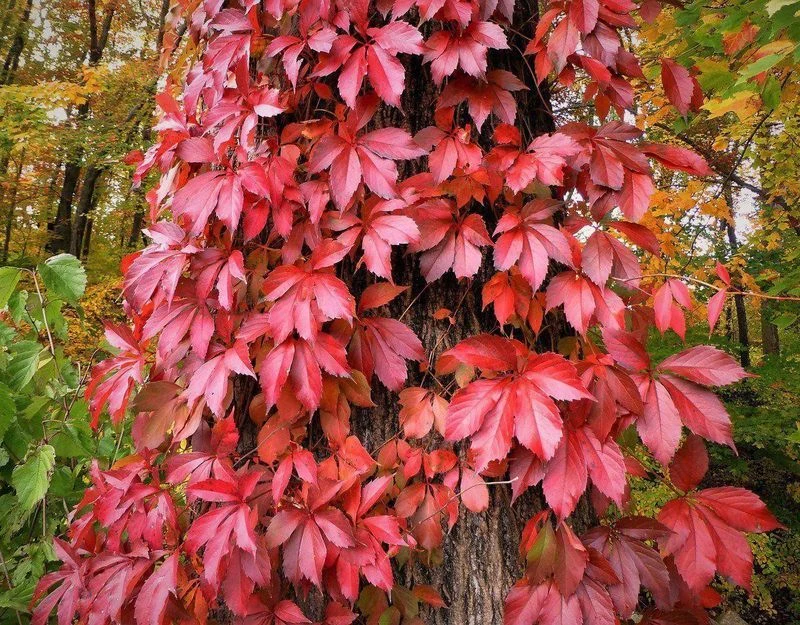
Often mistaken for Poison Ivy, Virginia Creeper offers a stunning display of red and purple foliage in the fall. Unlike its invasive counterparts, it doesn’t choke its host plants. Native to North America, it provides food for birds and mammals through its berries. The plant is not only attractive but also versatile, thriving in various conditions. Its ability to cover unsightly walls and fences without overtaking local vegetation makes it an ideal alternative to more aggressive vines. Its presence in a garden adds color and vitality without the risk of ecological imbalance.
Water Hyacinth
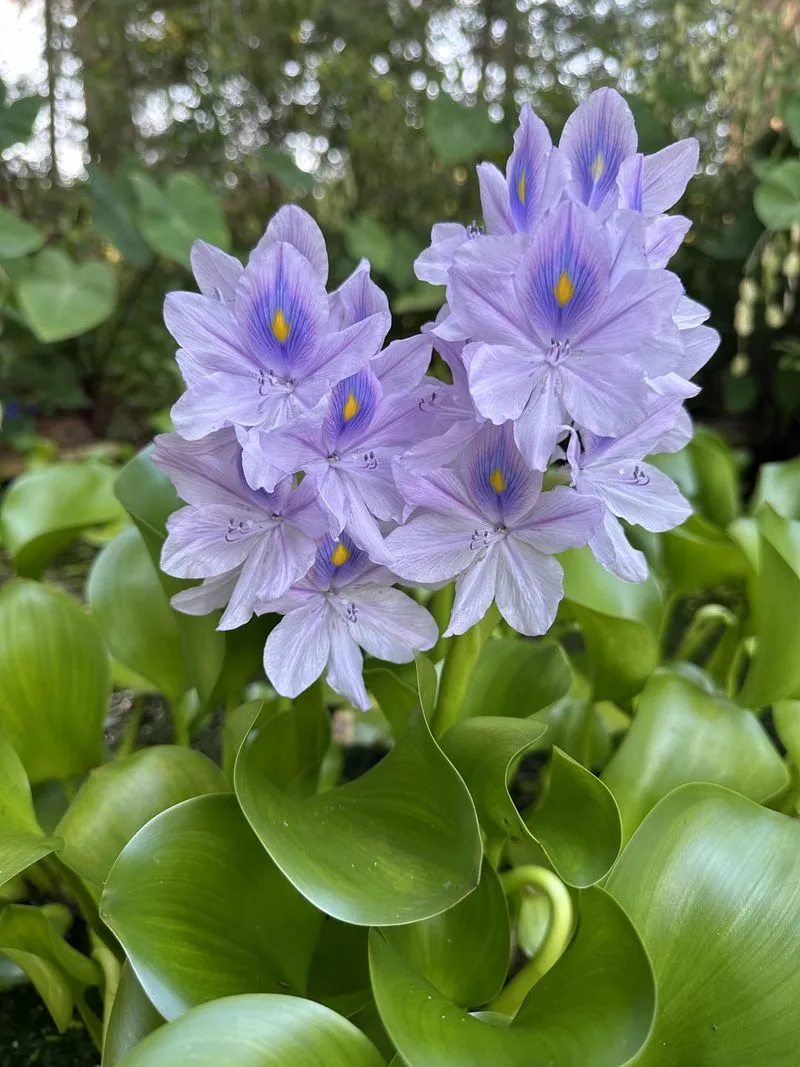
Water Hyacinth floats gracefully on water surfaces, but its beauty belies its invasive nature. Originating from South America, it has spread rapidly in warm climates, forming dense mats that can block sunlight and deplete oxygen levels. These conditions threaten aquatic life and disrupt ecosystems. Its rapid reproduction makes it difficult to control, often requiring mechanical removal. Despite its challenges, it has inspired efforts in biofuel production and wastewater treatment. Its striking appearance is a reminder of the delicate balance needed between admiration and control of plant species in natural environments.
Pickerelweed
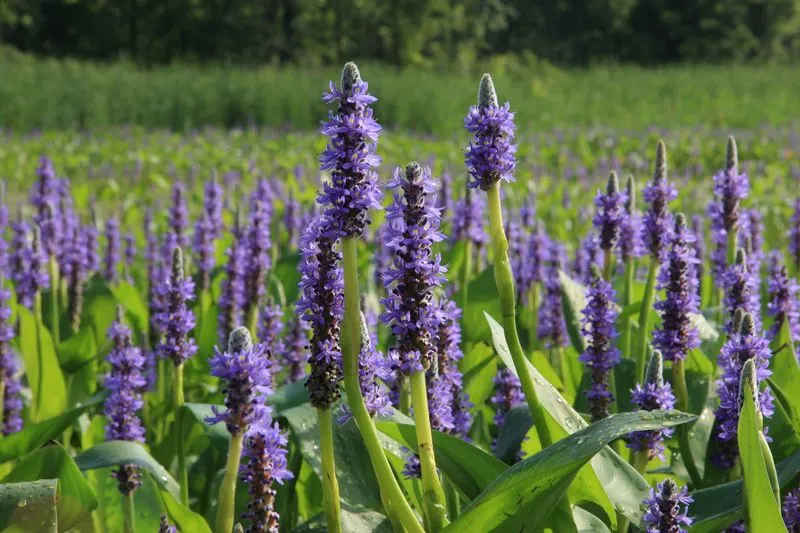
Pickerelweed is a native aquatic plant celebrated for its vibrant spikes of violet-blue flowers. Flourishing in wetlands, it provides habitat and food for wildlife. Its heart-shaped leaves and low maintenance make it a gardener’s delight. Unlike invasive aquatic plants, Pickerelweed enhances biodiversity without overwhelming its environment. Its serene beauty complements ponds and water gardens, offering a peaceful escape. As an alternative to invasive species like Water Hyacinth, it embodies harmony with nature. Embracing native plants like Pickerelweed fosters a balanced ecosystem, showcasing nature’s artistry without compromise.
Garlic Mustard
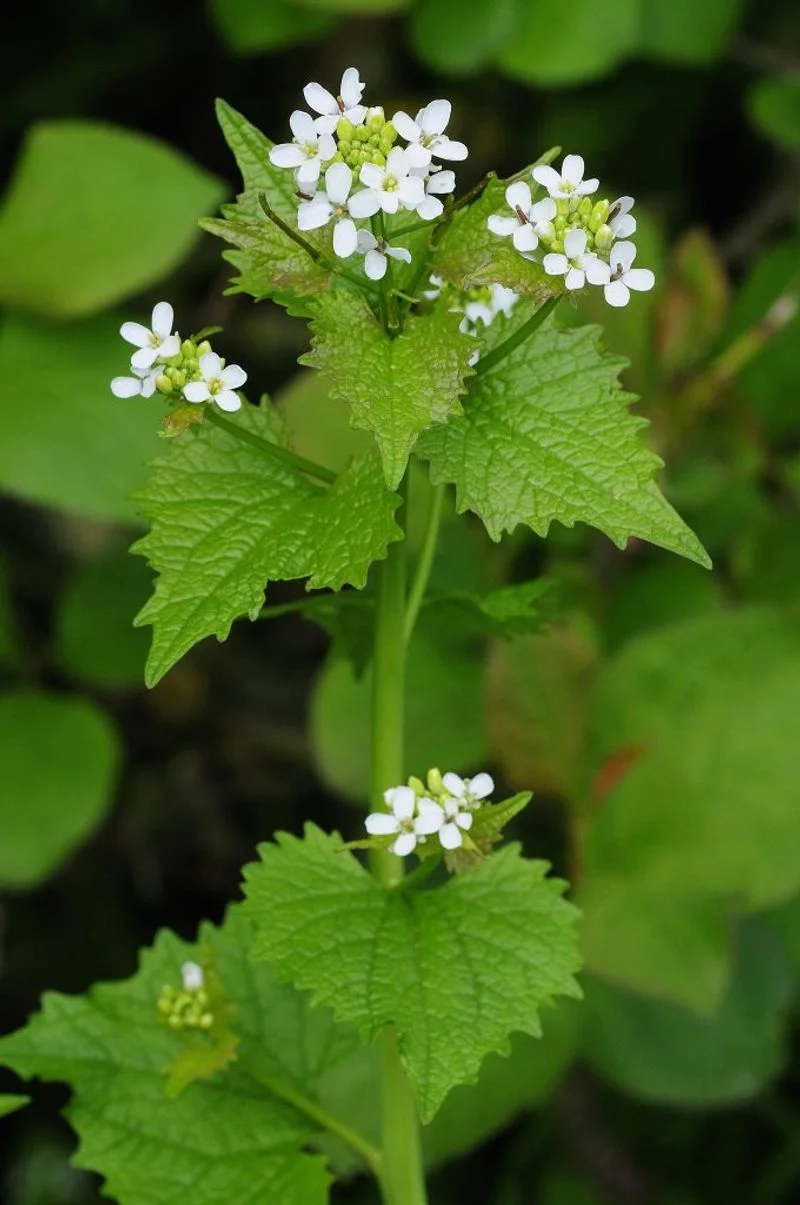
Garlic Mustard’s seemingly innocent white flowers hide its invasive nature. Introduced from Europe, it quickly spreads in North American forests, displacing native plants. Its rapid growth and allelopathic properties hinder the growth of other species by releasing chemicals into the soil. Despite its culinary uses, its ecological impact is damaging. Controlling its spread requires persistent management. Its presence can serve as a reminder of the importance of biodiversity and the challenges of maintaining ecological balance. While its leaves may be edible, the threat it poses to native flora is significant.
Wild Ginger
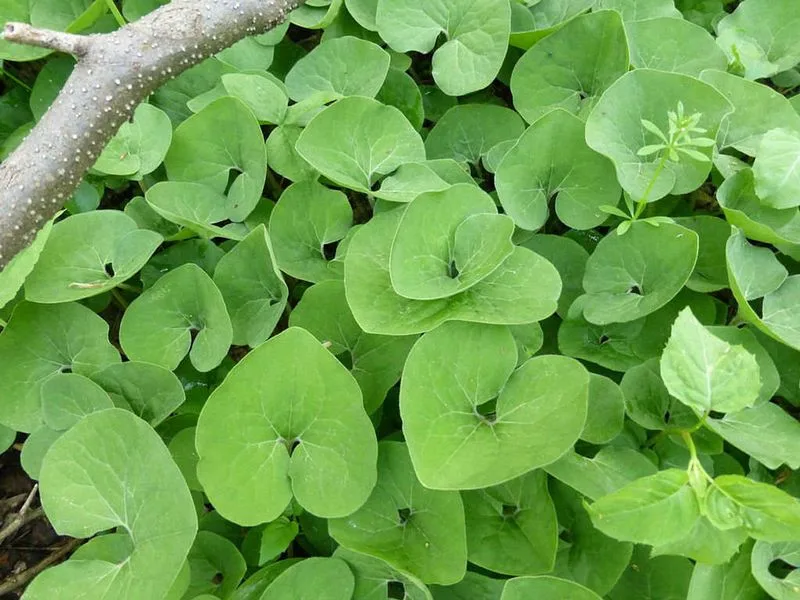
Wild Ginger offers a delightful alternative to invasive groundcovers like Garlic Mustard. Its heart-shaped leaves and ginger-scented rhizomes create a charming woodland groundcover. Native to North America, it thrives in shaded areas, providing habitat and food for insects. Unlike invasive species, it forms a gentle carpet that coexists with other plants. Its understated beauty complements natural landscapes, adding a subtle fragrance. Embracing plants like Wild Ginger supports native ecosystems, ensuring biodiversity and ecological harmony. Its presence in gardens reflects a thoughtful and environmentally conscious approach to landscaping.
Yellow Starthistle
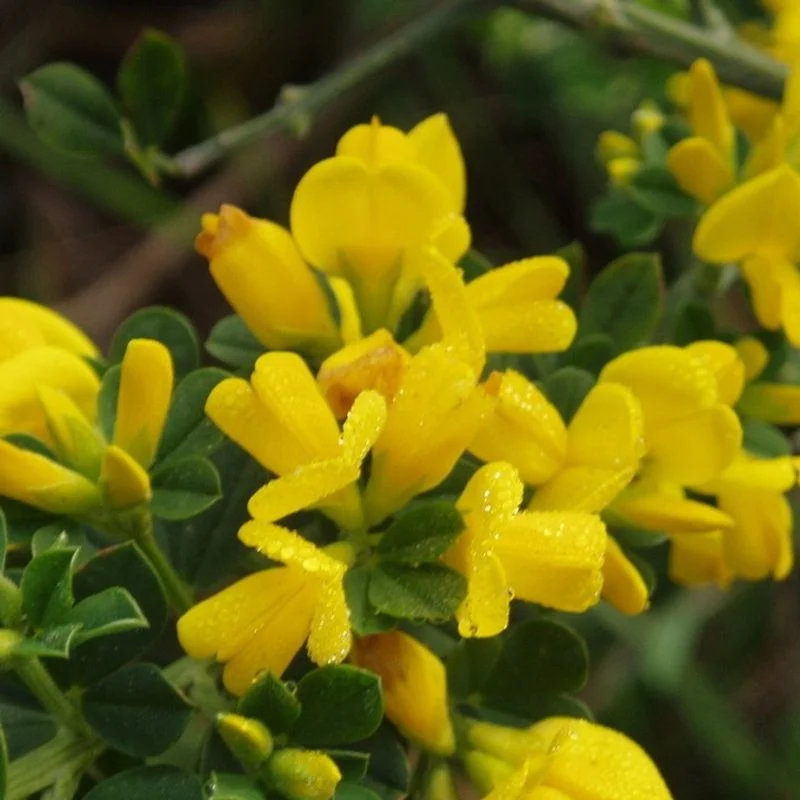
Yellow Starthistle’s bright blooms are deceptive, hiding its status as a noxious weed. Native to Europe, it invades pastures, roadsides, and wildlands in North America. Its spiky seed heads and aggressive growth deter grazing animals and reduce biodiversity. Control efforts are labor-intensive, requiring chemical and mechanical methods. Despite its challenges, its resilience is remarkable. This plant highlights the complexities of managing invasive species. Awareness and preventive measures are crucial in preserving native landscapes. Its vivid appearance serves as both a warning and a testament to nature’s power.
California Poppy
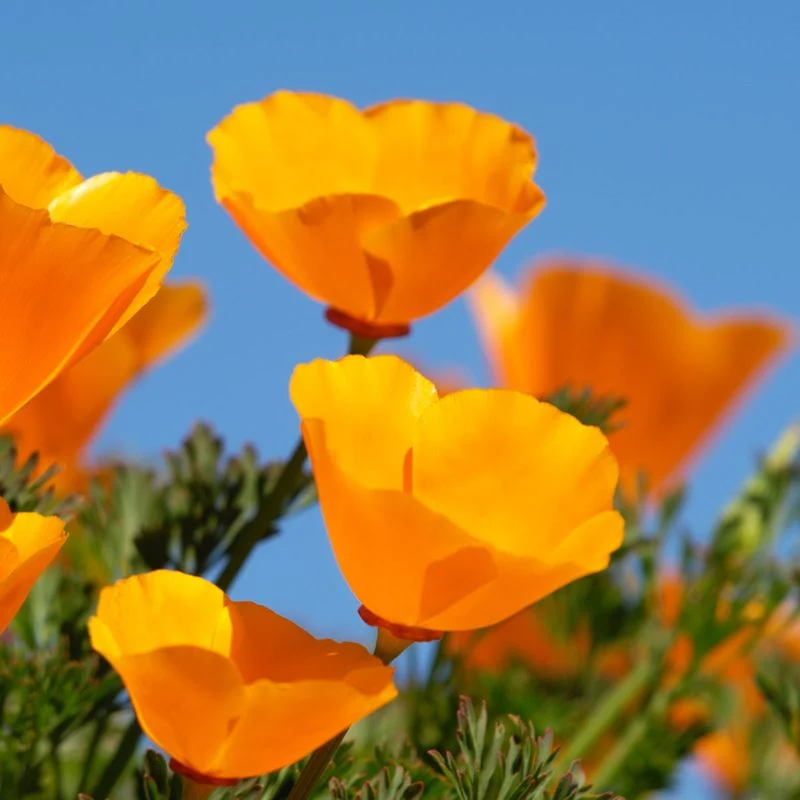
California Poppy, the state flower of California, shines as a vibrant native alternative to invasive weeds like Yellow Starthistle. Its golden-orange flowers bloom in open meadows and gardens, attracting pollinators. Known for its adaptability, it thrives in various conditions, requiring minimal care. Unlike aggressive invaders, it harmonizes with the ecosystem, enhancing biodiversity. Its cheerful blossoms bring joy and color, reflecting the spirit of the West Coast. Embracing native flowers like the California Poppy not only beautifies landscapes but also supports ecological balance, demonstrating the benefits of choosing local flora.
Tree of Heaven (Ailanthus altissima)
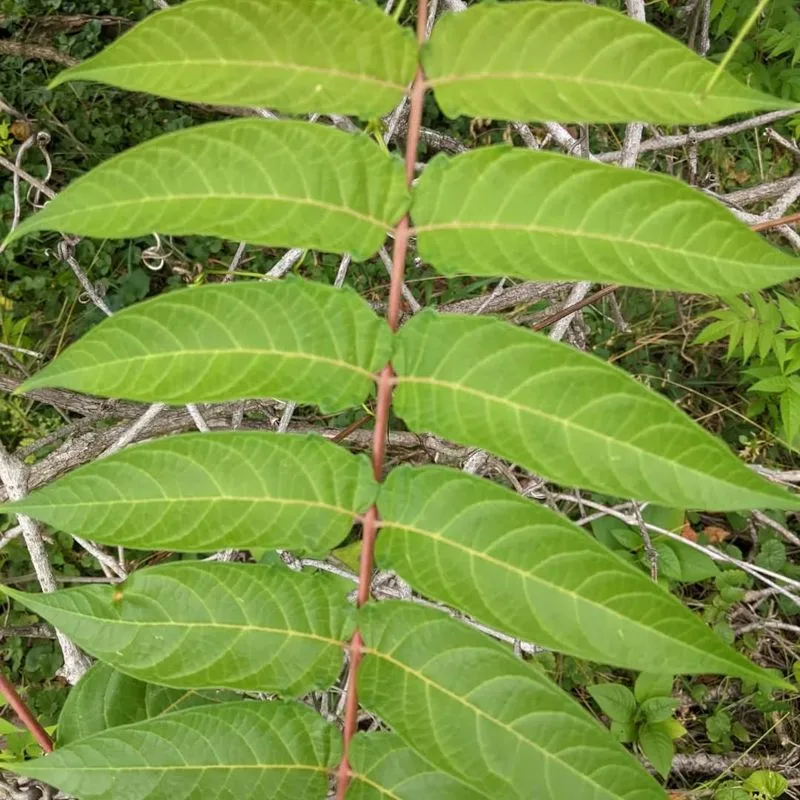
The Tree of Heaven is notorious for its rapid growth and ability to thrive in polluted environments. Its adaptability makes it a common sight in urban areas, but its aggressive nature poses a challenge to native plants. Its roots can damage sidewalks and infrastructure, making it a costly invader.
A fascinating feature of this tree is its ability to release chemicals into the soil, inhibiting the growth of nearby plants. This allelopathic trait further extends its dominance over the landscape. Despite its name, its presence is often far from heavenly.
Vinca (Vinca minor)
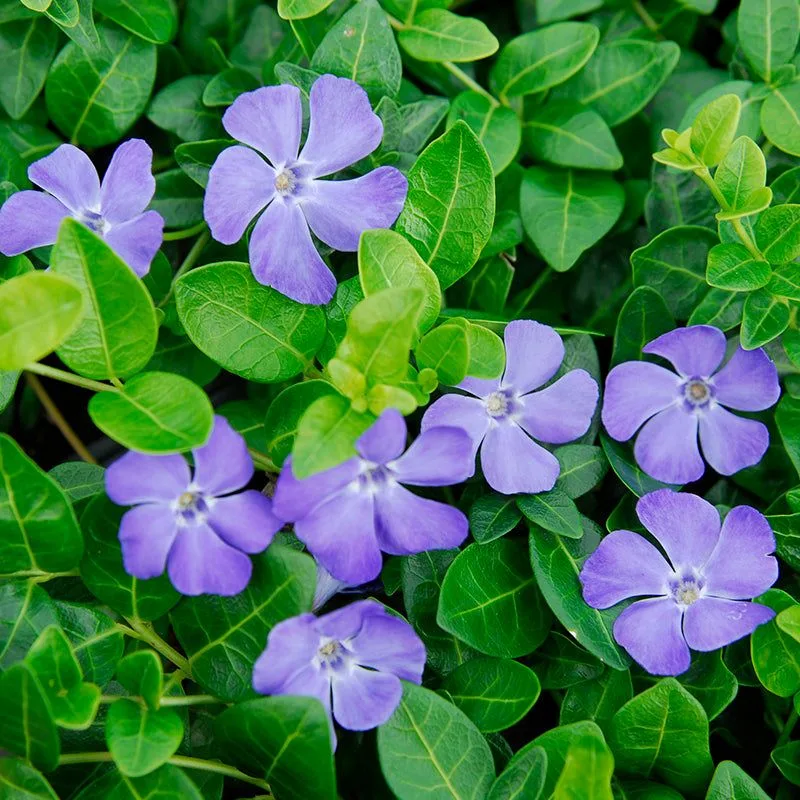
Vinca, commonly known as periwinkle, spreads rapidly through its trailing stems. This groundcover plant is often used for erosion control, but can easily escape cultivation. Once established, it forms dense mats that smother native vegetation and disrupt biodiversity.
Its evergreen leaves and charming purple flowers make it tempting for gardeners, yet its aggressive growth requires careful management. To control its spread, regular pruning is necessary. Its tendency to overtake areas makes it a plant with a pretty facade but a tenacious grip.
Russian Olive (Elaeagnus angustifolia)
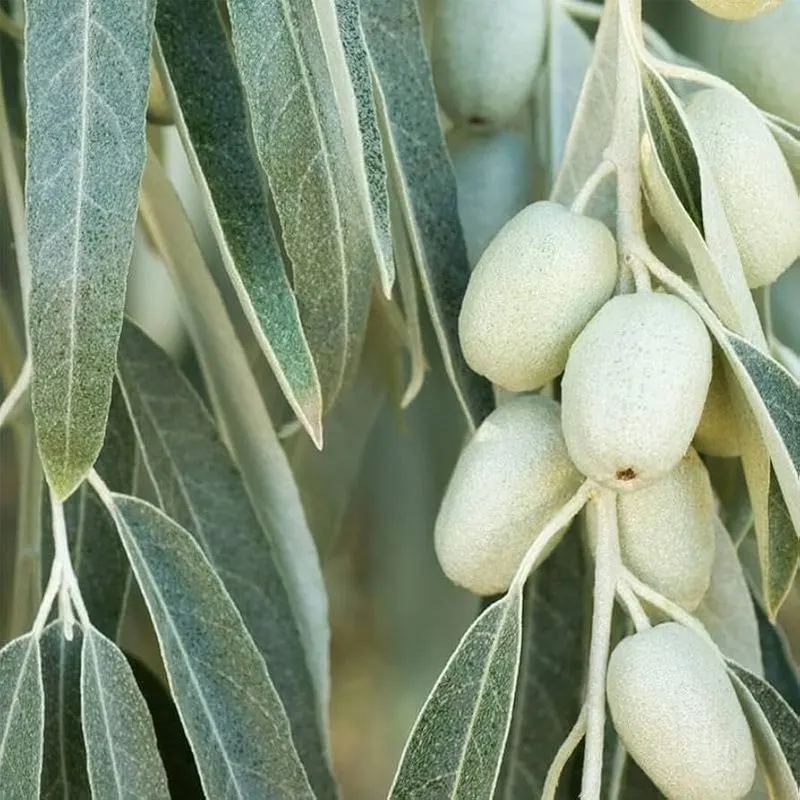
Russian Olive is admired for its silvery foliage, but it aggressively invades riparian zones. Its ability to fix nitrogen allows it to alter soil composition, giving it a competitive edge over native species.
This tree produces abundant fruits, which birds disperse across long distances, aiding its rapid expansion. Despite its ornamental appeal, its impact on wildlife and plant communities can be detrimental, often forming impenetrable thickets. This transformation of ecosystems makes it a problematic choice for natural landscapes.
Autumn Olive (Elaeagnus umbellata)
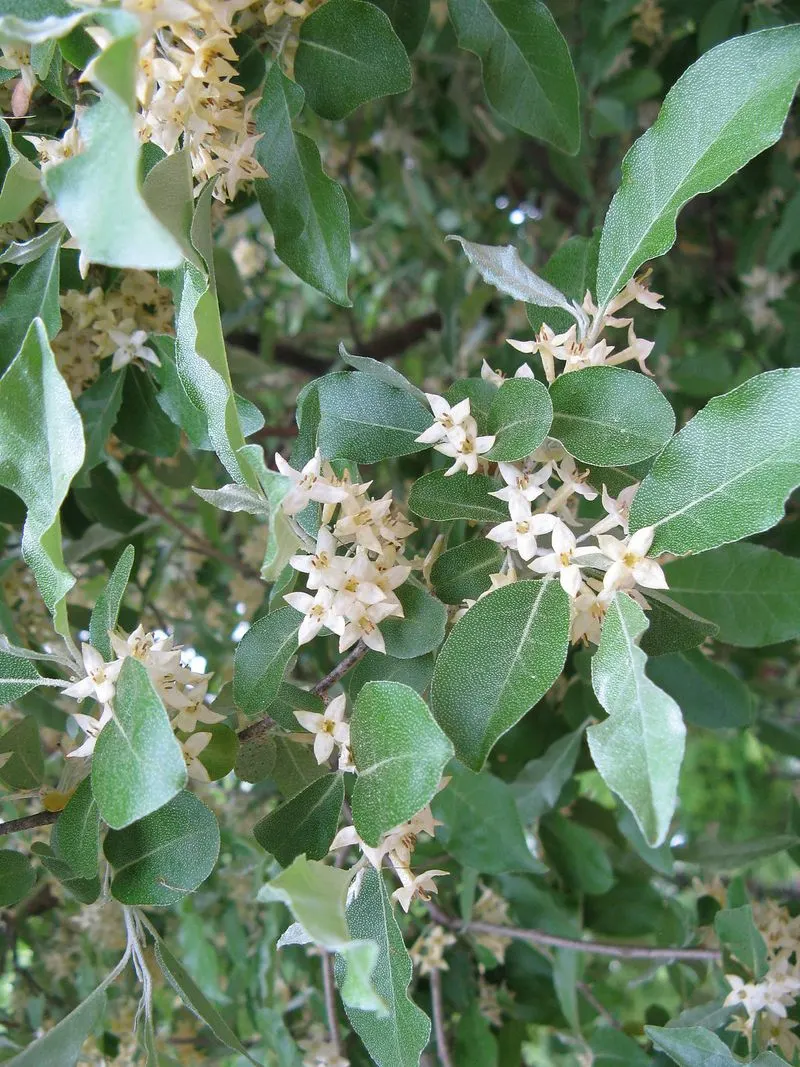
Autumn Olive, with its fragrant flowers and red berries, is a plant that draws both humans and wildlife. However, it establishes quickly across various habitats, displacing native species. Its nitrogen-fixing abilities allow it to thrive on poor soils, often outcompeting local flora.
Originally introduced for erosion control and wildlife habitat, its invasive nature outweighs these benefits. It forms dense thickets that are challenging to remove. Careful consideration is needed before planting this seemingly attractive shrub.
Norway Maple (Acer platanoides)
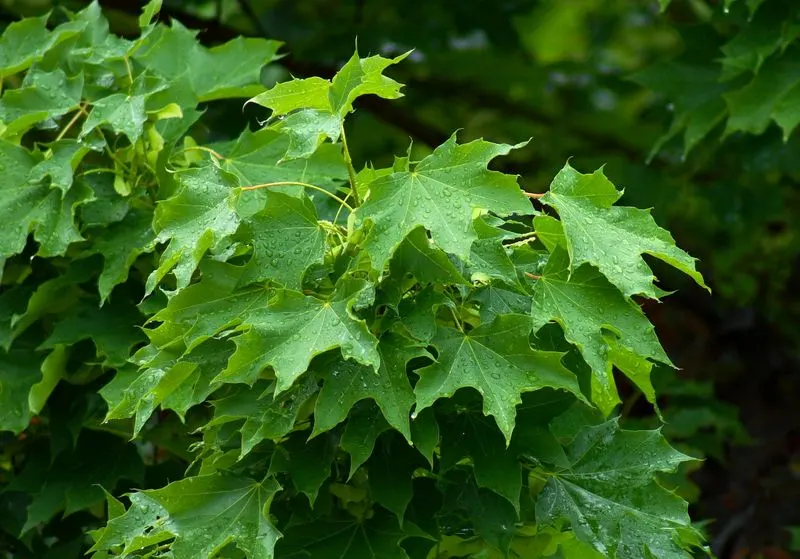
The Norway Maple is a popular urban tree, known for its shade-providing canopy. However, it can outcompete native maples by shading out the understory, reducing biodiversity.
Its prolific seed production means it spreads widely, creating a monoculture that limits the diversity of plant and animal life. Although prized for its resilience to urban pollution, its ecological impact can be significant. Its ability to change forest dynamics makes it a controversial choice for planting.
Mimosa Tree (Albizia julibrissin)
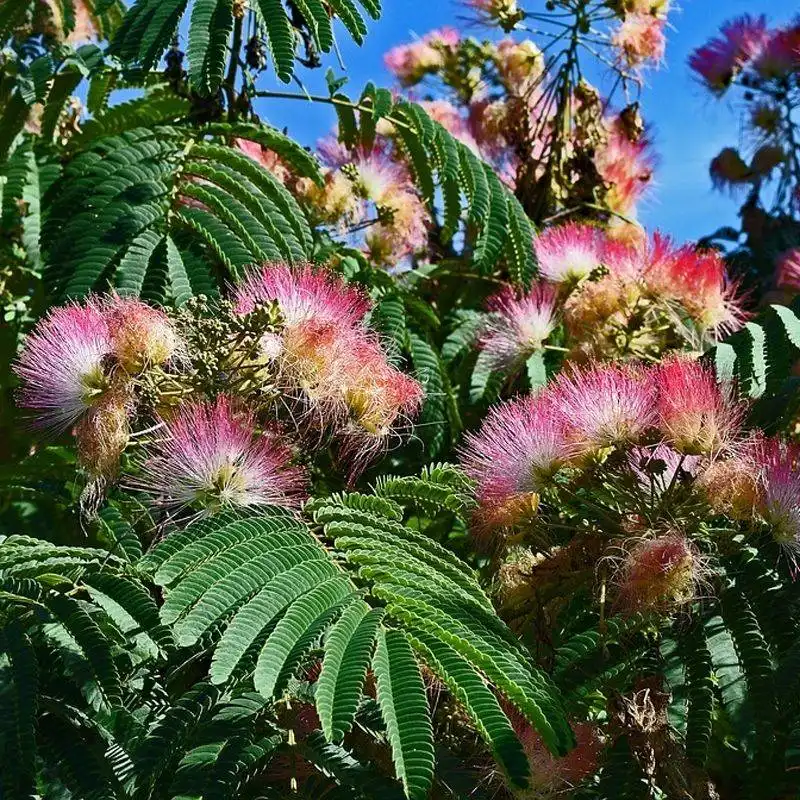
Mimosa Tree, with its delicate pink flowers, is an ornamental delight. Yet its fast growth and seed production make it an invasive threat. It thrives in open areas and roadsides, where it can form large colonies.
These colonies often overshadow native plants, altering habitats and reducing biodiversity. Its seeds are dispersed by water, enabling it to spread quickly across landscapes. Though visually appealing, its ability to dominate environments makes it a challenging species for conservationists and gardeners alike.

